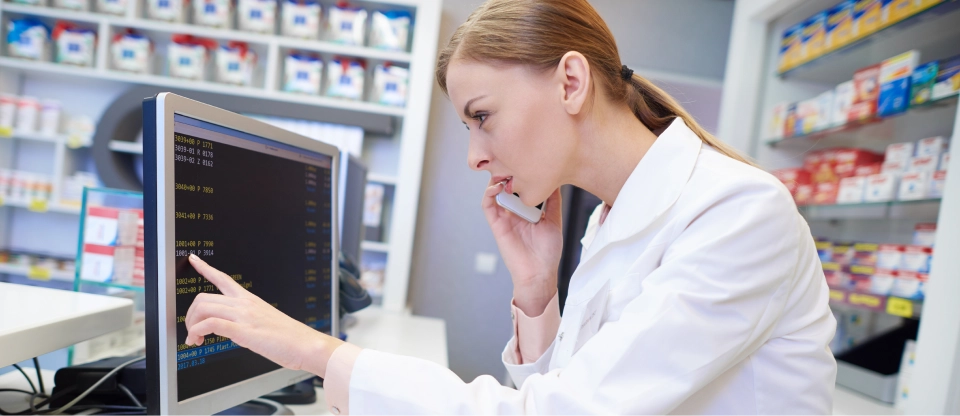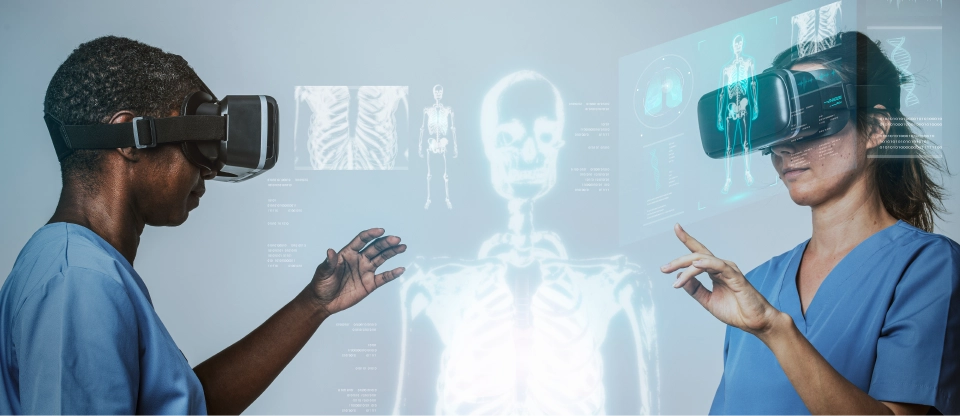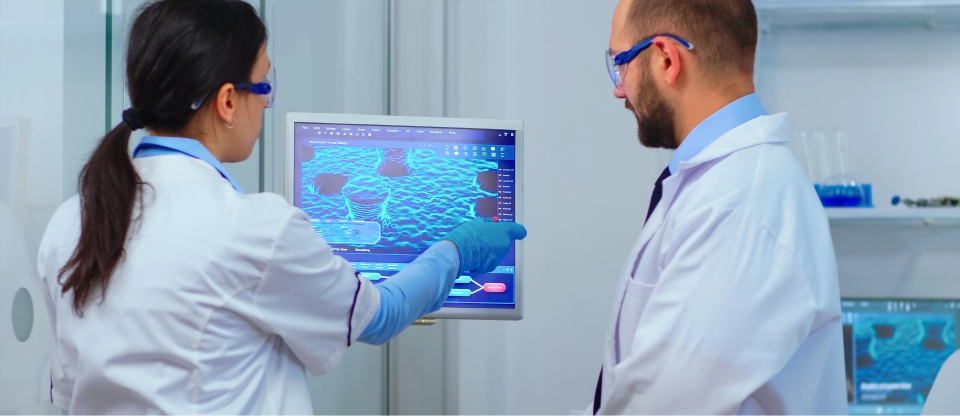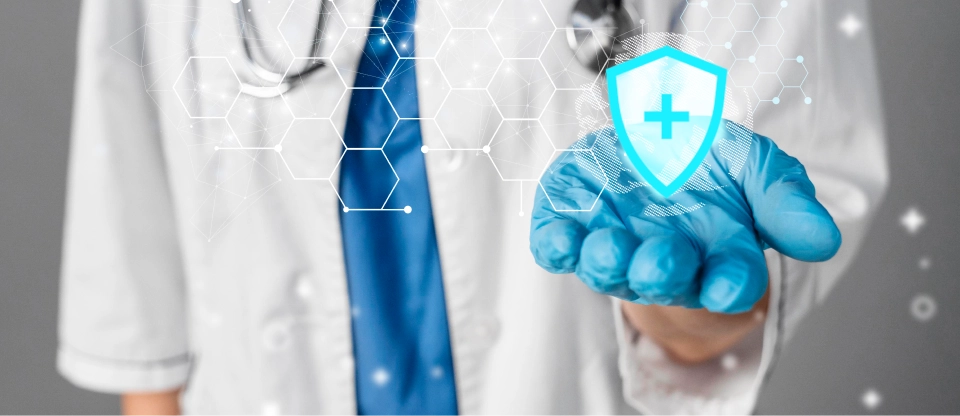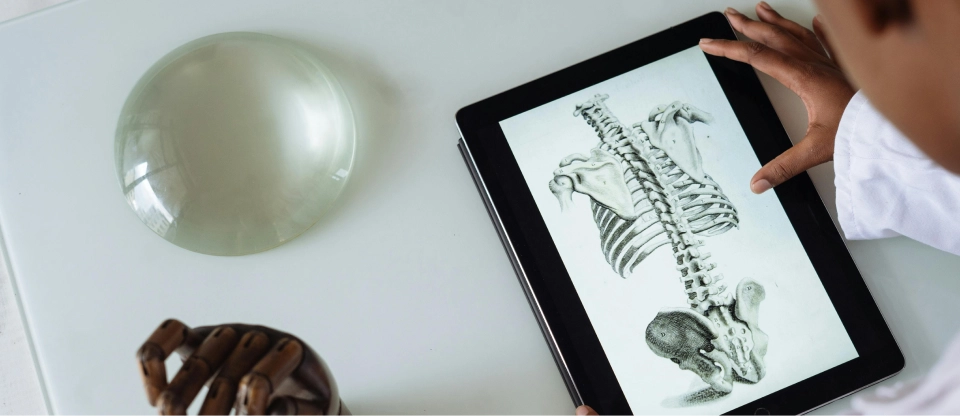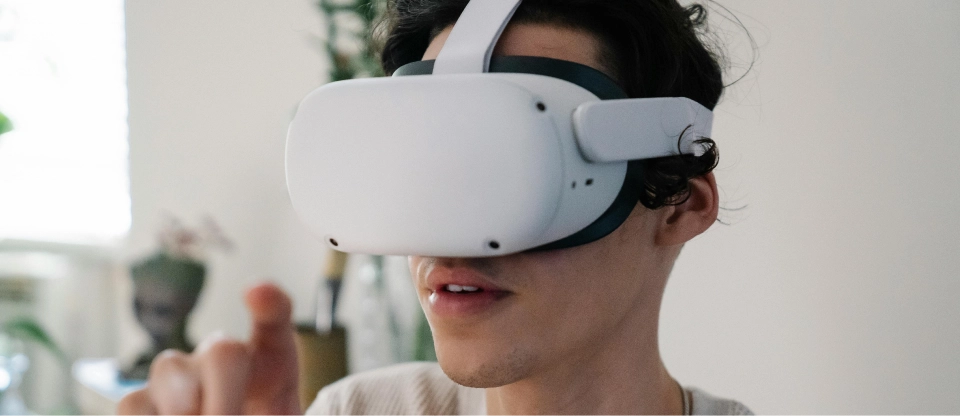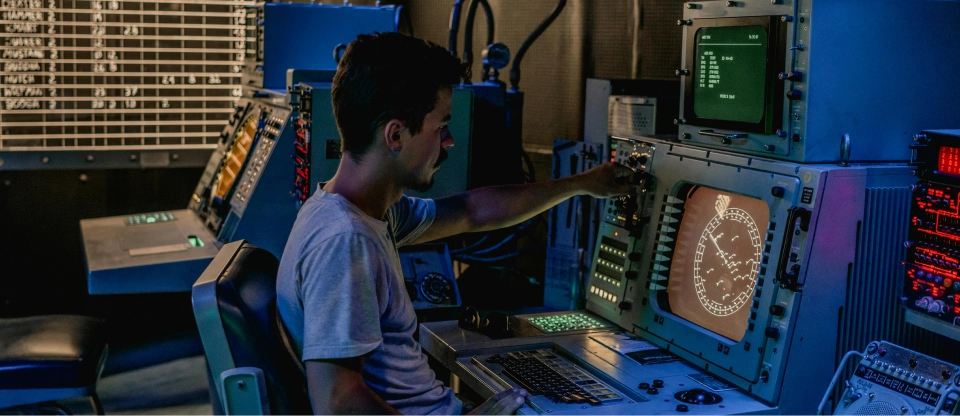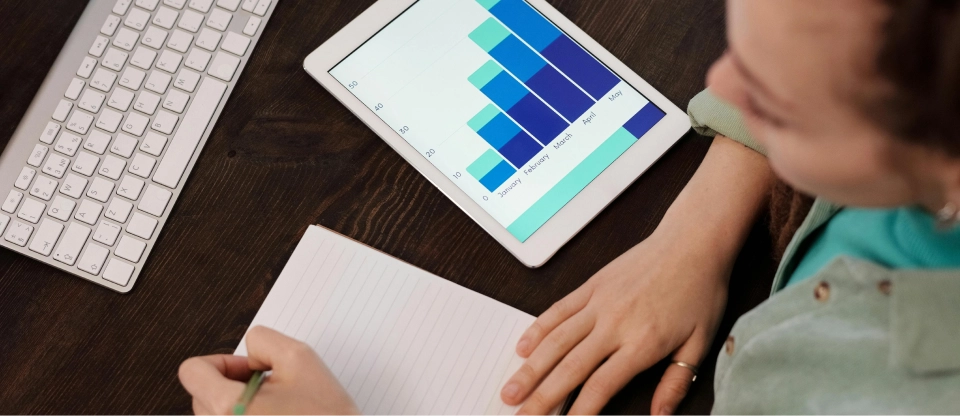Digital pharmacy solutions include various technologies for streamlining workflow, accuracy, and patient experience. Automated dispensing systems, EHR integrations, inventory management tools, and mobile apps for refilling prescriptions: these advancements are changing the way pharmacies work. Through digital solutions, pharmacies can automate tedious tasks, eliminate human errors, and provide safe and timely patient data storage.
Digital transformation for pharmacies has become increasingly critical as the healthcare industry becomes more intricate and consumers demand convenient, personalized service. There is immense pressure on pharmacies to automate processes, streamline inventory, and provide services that serve the modern patient, including digital prescription administration and online consultations. More pharmacies are responding by providing digital solutions to serve those needs to ensure faster service, quick access to patient data, and more seamless integration with healthcare providers.
Published on: 12 Nov 2024

